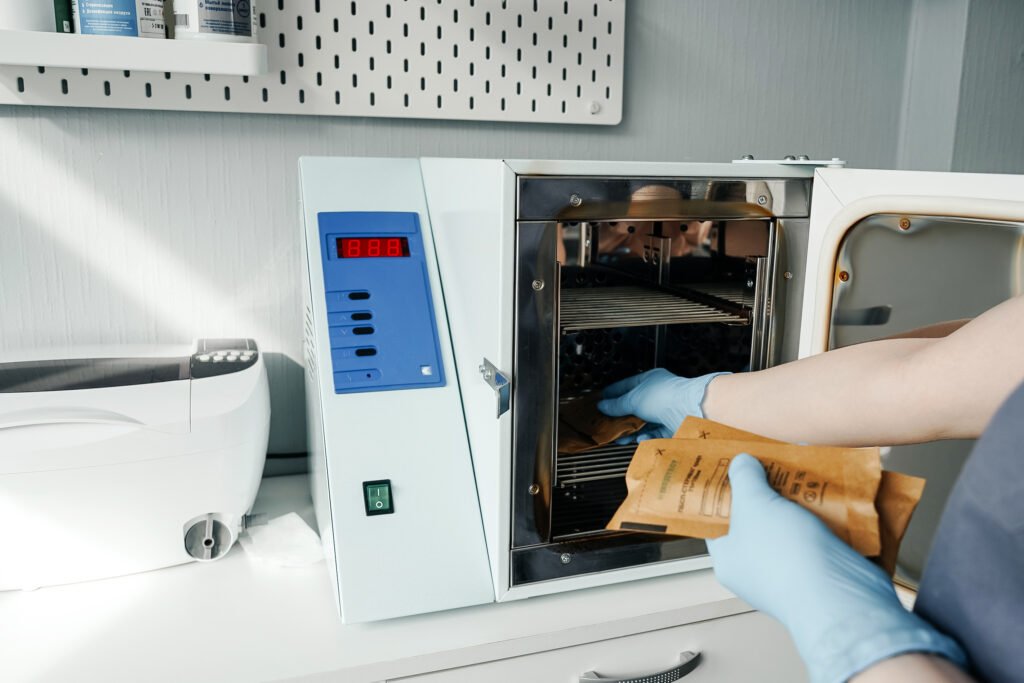Uncategorized
The Science Behind Formulation Testing: Ensuring Stability and Performance
At AlbiGlow, we are committed to delivering high-quality hair care products that meet the highest industry standards. The development of our formulations involves rigorous testing to ensure safety, efficacy, and long-term stability. Before our products reach the market, they undergo a series of tests designed to simulate real-world conditions, identify potential issues, and confirm that our formulations remain effective over time. One of the critical phases in this process is stability testing, which includes placing the product in a controlled 40°C oven to accelerate potential degradation. This article explores the scientific rationale behind our formulation testing and the significance of stability assessment in the development of AlbiGlow products.
Why Formulation Testing is Essential
A well-designed formulation must maintain its integrity under various environmental conditions, ensuring that our products deliver consistent results from the first use to the last. Our key goals in formulation testing include:
- Ensuring Physical and Chemical Stability: Our products must retain their texture, appearance, and pH without phase separation, precipitation, or changes in viscosity.
- Preserving Ingredient Efficacy: Active ingredients should remain effective and not degrade over time.
- Microbial Safety: Our formulations must resist bacterial and fungal contamination, particularly in water-based products.
- Packaging Compatibility: Our products must not react with their containers or leach harmful substances.
To evaluate these factors, we conduct a series of laboratory-controlled tests, one of the most important being stability testing under elevated temperature conditions.
Understanding Stability Testing and the Role of the 40°C Oven
Stability testing involves exposing our products to various temperature and humidity conditions to predict how they will behave over time. This testing phase helps us identify potential issues that might not be evident under normal conditions. The 40°C oven test is a widely accepted method used to simulate the effects of aging and environmental stress on a formulation.
The Science Behind Heat Stability Testing
The 40°C (104°F) accelerated stability test is designed to mimic months—or even years—of natural product aging within a short period. This is based on the Arrhenius equation, a fundamental principle in chemical kinetics stating that reaction rates double for every 10°C increase in temperature. This means that storing a product at 40°C for three months can approximate one to two years of real-time storage at room temperature (~25°C).
By subjecting a formulation to sustained high temperatures, we can observe:
- Ingredient degradation – Heat can break down certain active ingredients, leading to loss of effectiveness.
- pH drift – Some formulations become more acidic or alkaline over time, impacting performance and stability.
- Phase separation – Emulsions, such as creams and lotions, may separate into oil and water layers if improperly stabilized.
- Viscosity changes – Thickening agents may degrade, causing the product to become too runny or too thick.
- Color and odor shifts – Oxidation and chemical reactions can lead to undesirable changes in color and fragrance.
What Happens in the 40°C Oven Test?
- Product Samples Are Placed in a Controlled Chamber:
- Formulations are stored in containers that mimic final packaging (e.g., plastic bottles, jars, or tubes).
- The test chamber maintains a constant 40°C temperature with controlled relative humidity (usually 75%) to accelerate potential degradation.
- Samples Are Evaluated Over Time:
- Our chemists examine samples at intervals (e.g., 2 weeks, 1 month, 3 months, 6 months).
- Visual, olfactory, and texture changes are documented.
- Physical and chemical tests measure pH, viscosity, and ingredient stability.
- Comparing Results Against Control Samples:
- Control samples stored at room temperature (25°C) and low temperature (5°C) serve as benchmarks.
- If a formulation remains unchanged under all conditions, it passes the stability test.
- If significant changes occur, reformulation may be required.
Beyond Heat Testing: Other Stability Assessments
While the 40°C oven test is an essential part of our stability testing, it is just one of many evaluations our formulations undergo before approval. Additional tests include:
- Freeze-Thaw Testing:
- Samples are subjected to extreme temperature cycling (e.g., -10°C to 40°C) to assess resistance to temperature fluctuations.
- Centrifuge Testing:
- High-speed centrifugation simulates prolonged gravity effects, identifying separation risks in emulsions.
- UV Exposure Testing:
- Ensures ingredients remain stable when exposed to sunlight and artificial UV radiation, preventing degradation of sensitive actives.
- Microbial Challenge Testing:
- Evaluates how well preservatives prevent bacterial and fungal contamination over time.
- Packaging Compatibility Testing:
- Ensures that the product does not react with its packaging or cause material breakdown.
What Happens if a Formulation Fails Stability Testing?
If a formulation exhibits undesirable changes during testing, adjustments must be made. Common modifications include:
- Adjusting emulsifiers and stabilizers to improve consistency.
- Adding antioxidants or UV blockers to protect ingredients from degradation.
- Rebalancing pH levels to maintain stability and compatibility.
- Reformulating preservatives to enhance microbial protection.
Each revision undergoes another round of testing to ensure the issue has been resolved before proceeding to production.
The AlbiGlow Commitment to Quality
At AlbiGlow, we take stability testing seriously because we believe that high-performance hair care should be both effective and reliable. By conducting comprehensive stability testing, we ensure that our products consistently deliver outstanding results from formulation to final use.
Conclusion
Stability testing is a crucial step in the product development process, ensuring that formulations remain effective, safe, and reliable over time. The 40°C oven test plays a vital role in predicting long-term product behavior, allowing us to assess ingredient integrity, structural stability, and performance under accelerated aging conditions. By thoroughly testing and refining our formulations, AlbiGlow guarantees that our hair care products not only meet industry standards but exceed consumer expectations.
For those dedicated to innovative and high-quality hair care solutions, investing in rigorous formulation testing is essential. At AlbiGlow, we are committed to setting new standards in hair care formulation. To learn more about our process, visit AlbiGlow.com.
